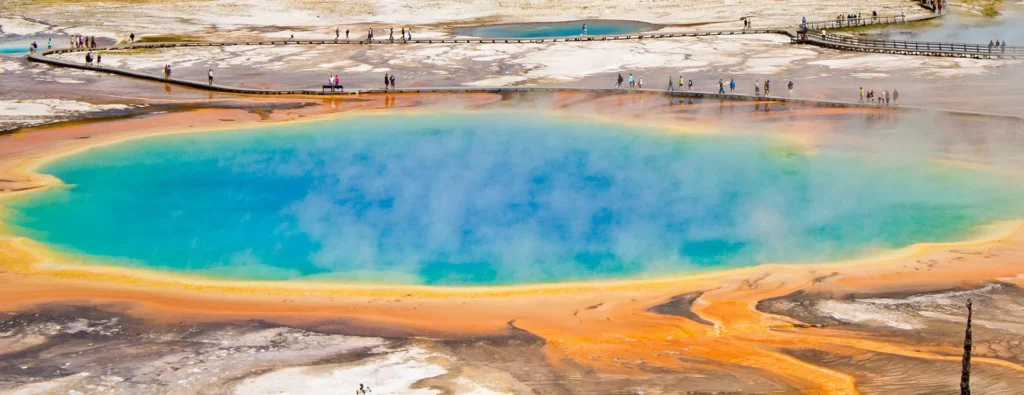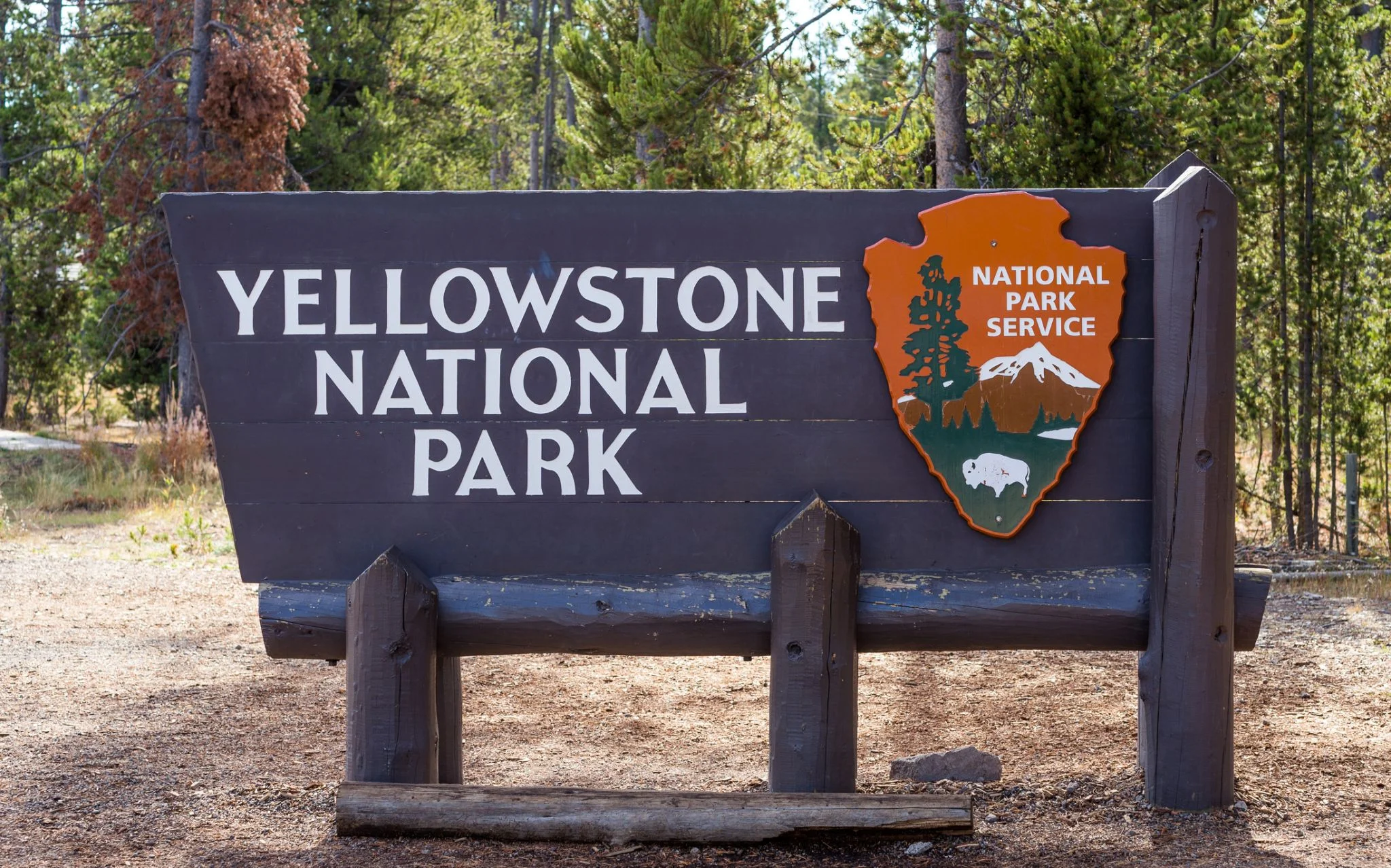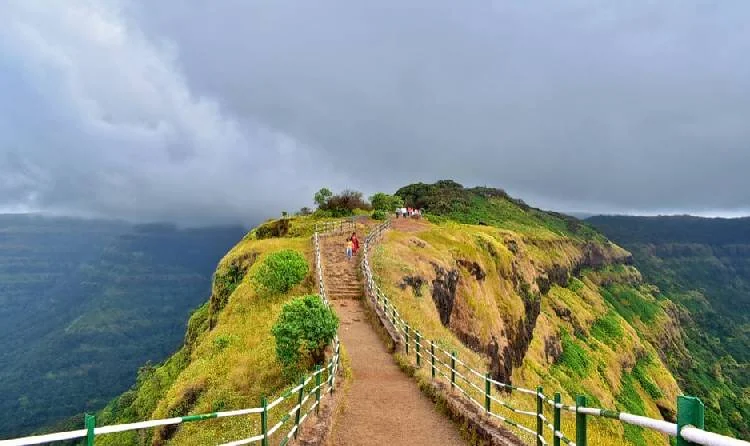Yellowstone National Park: Yellowstone National Park, established in 1872, was not only the first national park in the United States, but also the first national park in the world. Spread across 2.2 million acres, it offers an unparalleled experience of nature’s majesty. From geothermal wonders to abundant wildlife, Yellowstone is a must-see destination for nature lovers and adventure seekers alike.
Brief History of Yellowstone National Park:

Yellowstone was designated as the first national park in 1872 by President Ulysses S. Grant. The park was designed to protect the region’s unique thermal conditions and diverse ecosystems. Native American tribes, including the Shoshone and Bannock, lived in the Yellowstone region for thousands of years before the arrival of European explorers. The park was named for the Yellowstone River that flows through the park and its yellow sandstone cliffs.
Geothermal Marvels: Geysers and Hot Springs:
Yellowstone is famous for its geothermal features, boasting more than 10,000 thermal sites. The most famous is Old Faithful, a geyser that erupts approximately every 90 minutes, spewing boiling water up to 180 feet into the air. Nearby, the Grand Prismatic Spring dazzles visitors with its vibrant colors, from deep blue in the center to fiery orange at the edges. These colors are caused by heat-loving bacteria that thrive in the extreme conditions of hot springs.
The park is home to around 300 geysers, the largest concentration of geysers in the world. Mammoth Hot Springs Another highlight, with its travertine-roofed formations, formed from mineral deposits from hot water flowing over the ground.
Abundant Wildlife: A Nature Sanctuary:
Yellowstone National Park is a sanctuary for a variety of wildlife. Bison, North America’s largest land mammal, are a common sight. They roam freely throughout the park, often causing traffic jams as they cross herd roads. The park is home to grizzly bears, black bears, wolves, elk and moose. Bird watchers can spot a variety of species including bald eagles and trumpeter swans.
Lamar Valley is a prime location for wildlife enthusiasts. Often referred to as the “Serengeti of North America”, this is one of the best places in the park to observe animals in their natural habitat.
Landscape: Mountains, Lakes and Waterfalls:

Yellowstone’s landscapes are incredibly diverse, from soaring mountains to serene lakes. Yellowstone Lake is North America’s largest high-elevation lake, offering breathtaking views and opportunities for boating and fishing. The Absaroka Range and Gallatin Range offer stunning views and challenging hikes for outdoor enthusiasts.
Artist’s Point offers one of the park’s most iconic views overlooking the Grand Canyon of Yellowstone. The canyon is about 20 miles long and contains two impressive waterfalls: Upper Falls and Lower Falls, the latter nearly twice the height of Niagara Falls.
Recreational Activities: Adventure Awaits:
Yellowstone offers a plethora of recreational activities for visitors. Hiking is the most popular, with trails ranging from easy walks to strenuous backcountry routes. In winter, the park transforms into a snowy wonderland, perfect for snowshoeing and cross-country skiing.
For those interested in a more leisurely experience, Wildlife Watching and Photography are excellent ways to spend the day. Fishing enthusiasts can try their luck in the park’s rivers and lakes, which are home to native trout species.
Practical Tips for Visiting Yellowstone National Park:
When planning a trip to Yellowstone, consider visiting during the spring and fall shoulder seasons. These times are less crowded and offer more wildlife viewing opportunities. Accommodations within the park can fill up quickly, so advance booking is recommended. Visitors should also be prepared for rapidly changing weather, as Yellowstone’s elevation can cause sudden temperature drops.
Conservation Efforts: Protecting Yellowstone’s Future:
Yellowstone National Park faces numerous environmental challenges, including the effects of climate change and increasing visitor numbers. The National Park Service and various conservation organizations work tirelessly to preserve the park’s natural wonders for future generations. Visitors can contribute by respecting the wildlife by following the Leave No Trace policy and maintaining a safe distance.
Yellowstone National Park is more than just a travel destination; It is a journey into the heart of nature’s majesty. With its geothermal wonders, abundant wildlife and stunning landscapes, it offers an experience that leaves a lasting impression on all who travel. Whether you’re looking for adventure or tranquility, Yellowstone promises an unforgettable escape into the wild.
Read Also: Washington
![]()






One thought on “Yellowstone National Park”